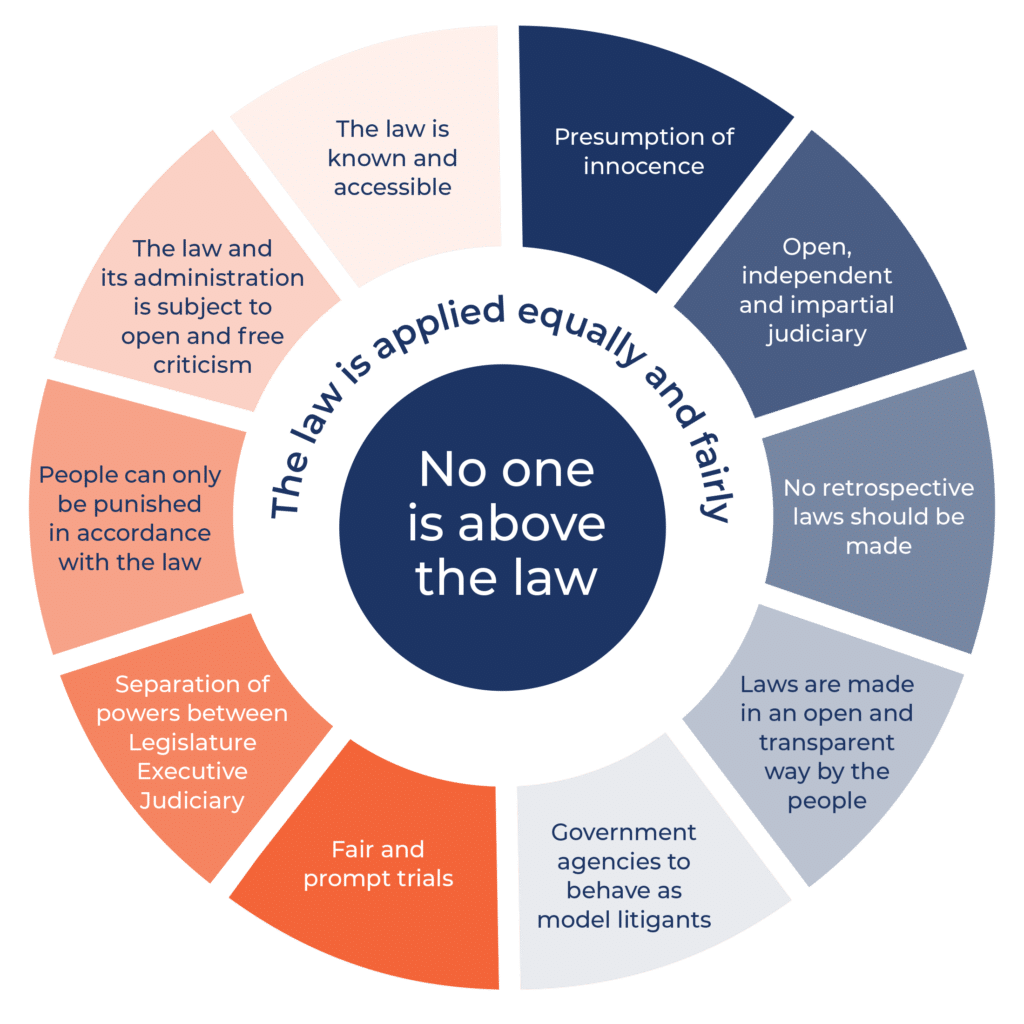“The High Court has delivered a formidable judgment in Lee v The Queen upholding the fundamental importance of a fair criminal trial.
The judgment is notable as a strong statement of principle as to the nature of the criminal trial, and the continued relevance of ancient common law rights to modern crime investigation. As the court notes, although the circumstances of the case involve the wrongful release of evidence, the true issue of the appeal is the position of the prosecution vis-à-vis the accused. Arming the prosecution with the evidence of the accused fundamentally alters this position, and renders the possibility of a fair trial impossible.”
Lee v The Queen
[pl_blockquote pull=”right” cite=”Lee v The Queen; Lee v The Queen (2014) HCA 20 at 46″]‘It is a breach of the principle of the common law, and a departure in a fundamental respect from a criminal trial which the system of criminal justice requires an accused person to have, for the prosecution to be armed with the evidence of an accused person obtained under compulsion concerning matters the subject of the charges.’[/pl_blockquote]
In Lee v The Queen; Lee v The Queen [2014] HCA 20, the High Court firmly restates the fundamental importance of a fair criminal trial.
The case is the latest instalment in an ongoing series of prosecutions and appeals of Jason Lee and his son, Seong Won Lee.
Jason Lee was examined by the New South Wales Crime Commission in December 2009. At the time, there were no criminal charges laid against him. This was a ‘compulsory examination’: a unique power of the Crime Commission. A compulsory examination compels a witness to answer questions or produce documents to the Commission. And, in contrast to an interview by police, the witness cannot excuse himself or herself from answering a question or producing a document on the grounds that their response may be self-incriminating.
The examinations are broadly understood to be for the purpose of aiding the investigation of serious and organised crime, and not for the purposes of prosecution. Nevertheless, given that these powers are a gross abrogation of the common law privilege against self-incrimination, the New South Wales Crime Commission Act 1985 (NSW) provides protections. It states that no answer or document given by a witness will be admissible in evidence against a person in any criminal or civil proceedings.
A few days after Jason Lee’s examination, the NSW Police executed a search warrant of a premises, where they found firearms, white powder, and a substantial quantity of cash. Both father and son were charged with firearms offences, and Jason Lee was further charged with money laundering offences.
Seong Won Lee was then examined by the Crime Commission, where his knowledge about the white powder was discussed. A few months later, testing demonstrated that the white powder contained pseudoephedrine and both Lees were charged with drug offences.
In July 2010, a DPP solicitor working on the case against the Lees emailed the Commission asking for the transcripts of the examinations. On the email approval of the Commissioner, the transcripts were given to the DPP. They stated purpose of the DPP in obtaining these transcripts was to obtain advance information about the way in which the accused would defend their case.
Both Jason and Seong Won Lee were convicted. They appealed to the NSW Court of Criminal Appeal, arguing a miscarriage of justice, but the appeal was unsuccessful. The Court agreed that the publication of the transcripts was contrary to the statutory obligations of the Crime Commission. However, the appeal was denied on the basis that there had been no ‘practical unfairness’. Nothing contained in the transcripts was considered relevant to the way in which the trial was conducted.
The High Court has delivered a formidable judgment to the contrary.
The Court flatly rejected the suggestion that it was necessary to demonstrate ‘practical unfairness’. The mere possession by the prosecution of the appellant’s evidence was held to put the prospect of a fair trial at risk. As the Court states:
‘It is a breach of the principle of the common law, and a departure in a fundamental respect from a criminal trial which the system of criminal justice requires an accused person to have, for the prosecution to be armed with the evidence of an accused person obtained under compulsion concerning matters the subject of the charges.’
The judgment is notable as a strong statement of principle as to the nature of the criminal trial, and the continued relevance of ancient common law rights to modern crime investigation. As the court notes, although the circumstances of the case involve the wrongful release of evidence, the true issue of the appeal is the position of the prosecution vis-à-vis the accused. Arming the prosecution with the evidence of the accused fundamentally alters this position, and renders the possibility of a fair trial impossible.
The appeal was allowed. The convictions of both Lees were quashed and a new trial was ordered.
Postscript:
This case is not the first time that the powers of compulsory examination have come before the High Court. In X7 v Australian Crime Commission (2013) 248 CLR 92, the High Court held that the Australian Crime Commission did not have the power to conduct a compulsory examination of a person who was already charged with the offence that was to be the subject of the examination. It was held that a compulsory examination of a defendant would be a breach of the fundamental rule that an accused person cannot be required to testify. As the High Court states: ‘the prosecution cannot compel a person charged with a crime to assist in the discharge of its onus of proof’.
Case note prepared by Mikah Pajaczkowska-Russell, Legal intern
RoLIA has also written about:


